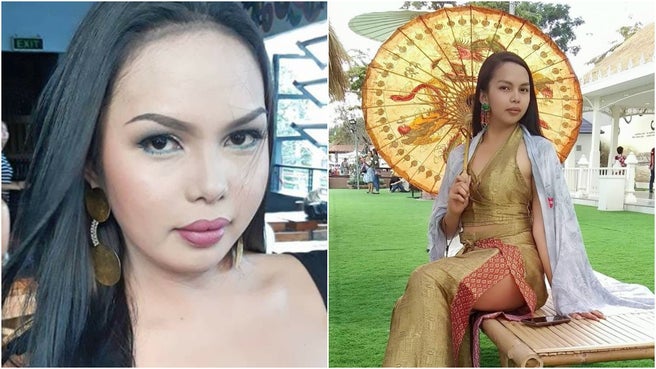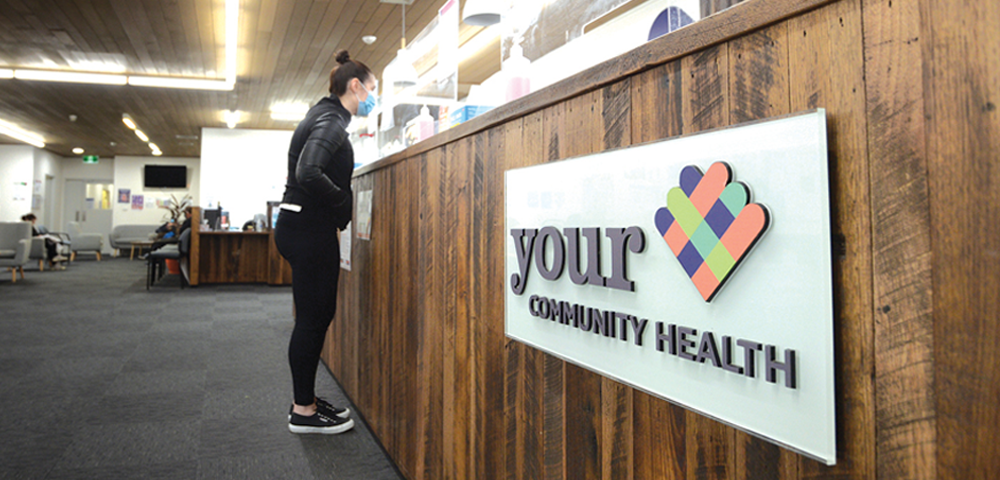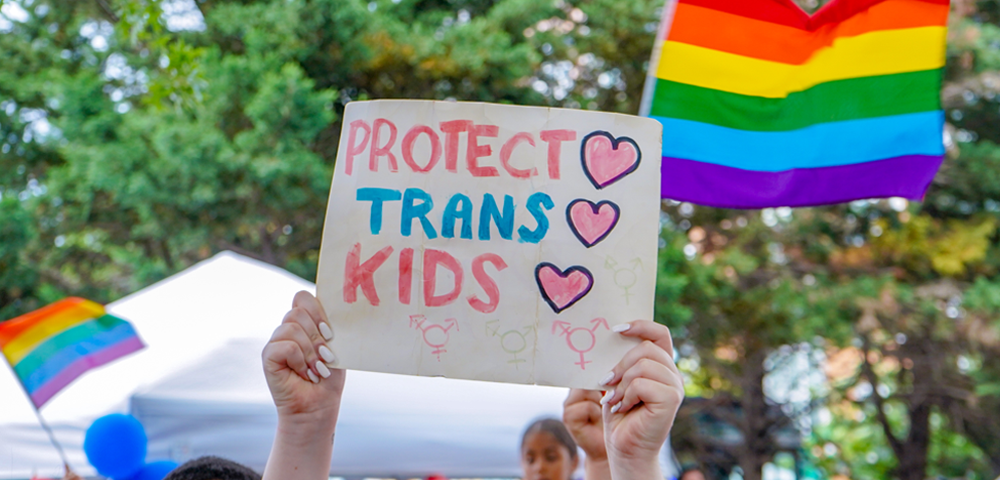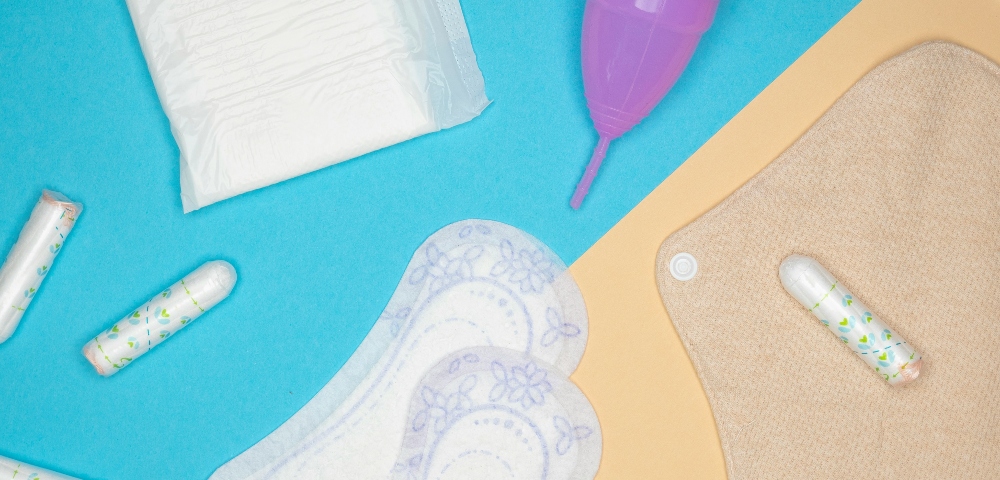
Uncovering trans and gender-diverse lives in the archives

As part of Noah Riseman’s Australian Research Council project, ‘Transgender Australians: The History of an Identity’, GERALDINE FELA has been going through the Australian Lesbian and Gay archives. In this, Transgender Awareness Week, she shares what she has found with the Star Observer.
Taking place the week before Transgender Day of Remembrance on 20 November, Transgender Awareness Week helps raise the visibility of transgender people, addressing the issues members of the community continue to face.
Transphobic and homophobic attacks, like those that accompanied the Safe Schools ‘debate’, frequently rest on the argument that queer people—and particularly trans and gender diverse people—are the fabrication of a new political or cultural milieu; Prime Minister Scott Morrison’s so-called ‘gender whisperers’.
The truth is, of course, that trans and gender diverse people have always lived on this continent, long before the Safe Schools program and, indeed, long before invasion. Brotherboys and Sistergirls have been, and continue to be, respected members of many First Nations communities. As Edie Shepherd points out in her piece I don’t want your white picket fence, some of the oldest Aboriginal and Torres Strait Islander art depicts queer relationships.
Yet trans and gender diverse life and lives are often overlooked, not just in mainstream histories but also in histories of the LGBTQI community. The Australian Research Council has funded a project ‘Transgender Australians: The History of an Identity’ which will begin to rectify this significant gap in our understanding of the LGBTQI community and our history. Part of our work on this project has been going through The Australian Lesbian and Gay Archives’ collection related to trans and gender diverse life.

One section of this is a collection of newspaper clippings the ‘Papers of G.R.’ that hold important insights into trans and gender diverse lives from the 1940s and into the 1980s. Largely taken from tabloid papers, the stories are often sensationalised and crude renderings of people’s lives. The vast majority of the coverage is dedicated to particular ‘celebrity’ trans women like Christine Jorgenson, who are presented as objects of sexualised fascination.
Shorter stories, often court reports, show the harsh reality of trans and gender diverse people’s interactions with the legal system. On March 22, 1955 for example, The News reported on a Melbourne ‘man’, Martin Verson Rousevell, facing criminal charges after being arrested at a suburban picture theatre ‘dressed as a woman and wearing a wig’. Rousevell admitted to breaking into nine houses in the past three years to steal women’s clothing, and was diagnosed a ‘compulsive neurotic’ and remanded for sentence.
For many of these examples, we need to be cautious about how we label people. The term ‘transgender’ was only coined in 1965 and came to popular usage since the 1990s. So how can we say that someone from earlier periods was transgender when the word did not exist? Could they have seen themselves as what we would now call transgender, but without the language to articulate it? Or could they have seen themselves as identifying their gender in some other way? For this reason, while we can find historical examples of gender diversity and gender transgressions in the past, often we can only imagine trans possibilities.

Sometimes trans and gender diverse people were able to tell their own stories. On November 15, 1958 WEEKEND published a first person account of the life of John Simpson titled My 30 years as a man, by a woman!’. In the article, John describes himself as a “good worker and strong, though not very big”. Born on a farm outside the NSW town of Denman in the upper Hunter Valley, he was assigned female at birth. At the age of 20 he, in his own words, “decided to live life as a man” because he “found it difficult to get work as a girl—but not so hard as a man”. In 1929, he began his 30 years of what he called “deception”.
John tells a nuanced story of his life as he navigated the complexity of gender, sexuality and class through the Depression and in the decades prior to gay liberation. Following his transition John had what he called “‘several affairs” with men from which two children were born. John’s descriptions of these affairs, of consent and his own desires, are complex and painful. He recalls: “I was still, even I realised, a woman with a woman’s normal urges. I will say this, perhaps as an excuse for myself, that I was not really a willing partner.” John also had “girlfriends” though he explained: “Naturally, these friendships were strictly platonic … they never found out that I wasn’t what I seemed.”
Though John attributed his transition to the lack of work in the Depression, he comments that “my upbringing seemed to fit me more for a life as a man than as a woman”. He asked himself “why can’t I be hired to do the jobs I liked and the jobs I knew best[?]” and so “for the very good reason that I needed the money I got myself some men’s clothes, had my Eton crop cut even shorter, and went looking for work”. Dressed in this way, John got a job as a pea-picker and decided “to make the change permanent”. He went on to work in numerous ‘men’s’ jobs. He was a poultry hand, a dairy farmer and even a travelling librarian. He recalled, “I travelled on horseback, making my calls with the books in a haversack on my back.”

Only twice did John regret “living as a man”. The first was when he was forced to give up his eldest son because “life for a youngster whose mother was a man would have been impossible”. The second was when Singapore fell during the Second World War. John would have liked to have joined the women’s services but even war fever could not lure him back into “women’s attire”. It is clear that John’s transition was as much an expression of his attachment to, and identification with, his gender identity as much as he explained it as a pragmatic response to the labour market.
John’s life was punctuated by oppression and tragedy. He lost his children, lived in constant fear of discovery and had many “narrow squeaks”. But his reflections, looking back at the age of fifty, also present an affirming account of life for a gender non-conforming, working class person in the late 1950s. John formed close friendships with other men, adopting the then-masculine language of mateship: “My best friends over the years have been mates. Even to this day these mates do not know their cobber was in fact a lady.” He travelled widely and spent time with salesmen or commercial travellers who tended “towards a wild life”, going along to their parties he “always seemed able to fool the crowd while at the same time joining in the good time”.
The murder of Mhelody Polan Bruno in September of this year in Wagga Wagga is a reminder that trans people, and particularly trans women of colour, continue to face grossly disproportionate levels of violence. The prime minister’s recent comments attributing high rates of suicide among young trans and gender diverse people to “the pressures of identity politics” demonstrates yet again that the discrimination and violence that trans people continue to face is not just at the level of the street or the home but is entrenched in mainstream politics. Yet, stories like John’s, a life lived half a century before Time magazine declared the so-called “transgender tipping point”, are an important reminder that trans and gender diverse people have always existed, found ways to articulate themselves and lived full lives.

Transgender Week of Awareness runs from 12th – 19th November, followed by Transgender Day of Remembrance on 20th November.
Geraldine Fela is a PhD Candidate at Monash University and a Research Assistant on the Australian Research Council Discovery Project “Transgender Australians: The History of an Identity”.









